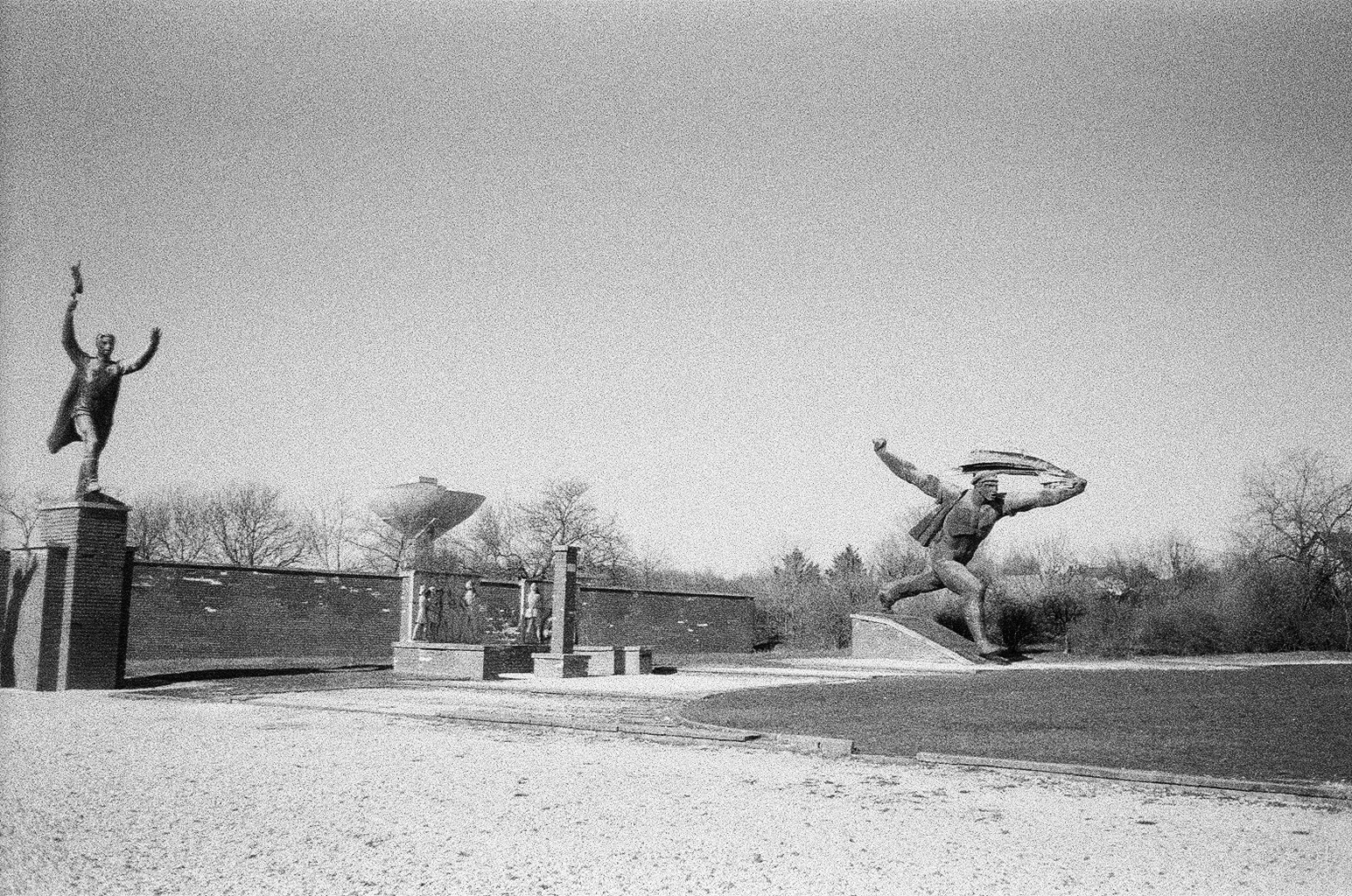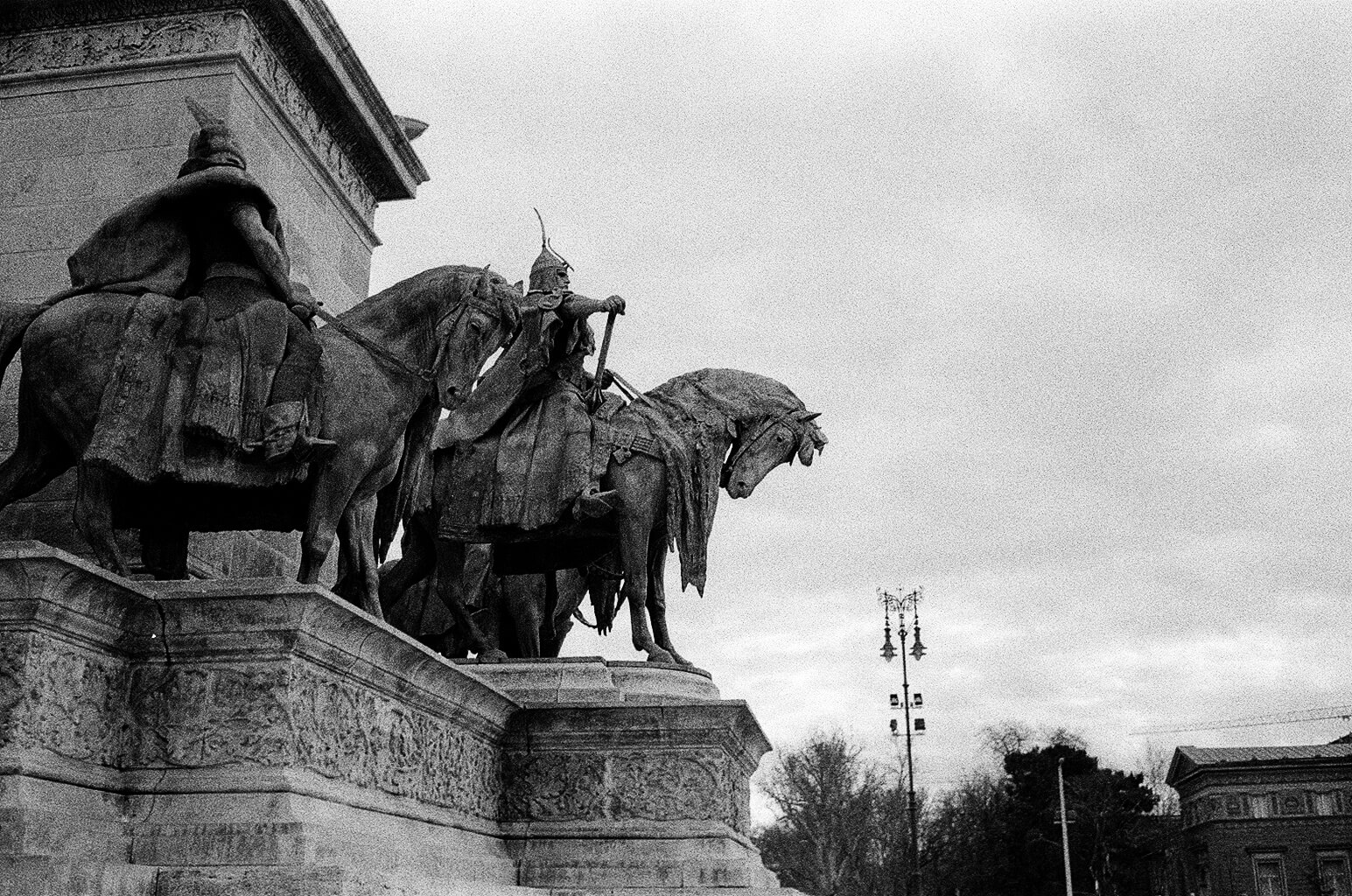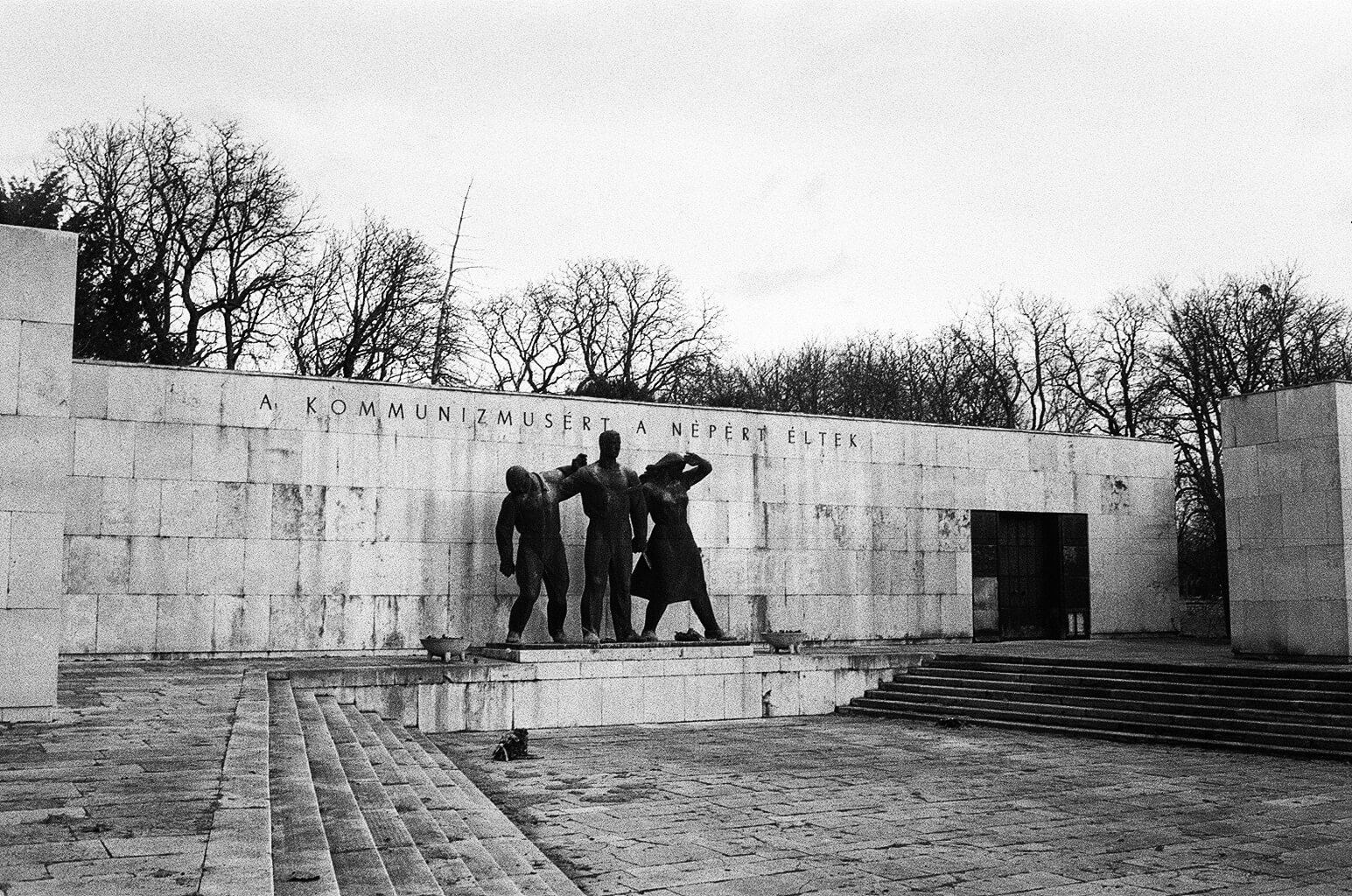Hungary’s Urban Space – a playground for a contested history6 min read
In February this year, before Covid put a stop on travel, I went to Budapest for a field trip focusing on monuments and memory. Present in most street names and squares, I was amazed by the abundance of statues representing the past. Budapest contains the contested history of Hungary which can be detected and explored in the decorations of the city.
Since the end of communism, Hungary has seen a number of changes and policies implemented concerning remembrance of the past. The Fidesz government under prime minister Viktor Orbán’s leadership has been accused of ingraining nationalism into education policies and through statues and the urban space, advocating for a narrative portraying Hungary as a victim of foreign regimes.
The question of collective memory and urban space in the Hungarian context is very relevant, as the Fidesz-led government is promoting its nationalist historical narrative through the city landscape. Collective memory is a central aspect of building a national identity and is expressed through history, education, museums, commemorative events, and in the urban space in the medium of statues, monuments and street names. By removing and replacing monuments, the Hungarian government moulds the story of the past and influences peoples’ everyday lives as they walk the streets of Budapest.
 Overview of Budapest / Maja Soomägi
Overview of Budapest / Maja Soomägi
A narrative of victimhood
Communist ideology stressed class above all else. Marx and Engels argued that class identity was shared across borders, and national identity should take a back seat in the struggle for communism. This led to nationalist groups in various post-communist countries viewing communism as having threatened their national identity. In the aftermath of communism, the focus of these groups became rebuilding the nation and fostering national identities. Since its entry into power, one of Fidesz’s central goals has been to foster a national Hungarian revival.
So, what is this historical narrative that the Fidesz government is promoting? Firstly, it is a historical rendition that constructs Hungary as a victim. Invaded and occupied by both Nazi Germany and the Soviet Union, from the mid-1940s and onwards, they suffered immensely under two oppressive regimes. In the view of the Hungarian nationalist camps, Hungary lost its sovereignty with the German occupation during the Second World War. It would not be truly restored until the adoption of the new constitution in the early 2010s. Thus, the years between occupation and the adoption of the new constitution can be seen as a break in the continuity of Hungarian independent rule.
 Statues of the seven chieftains of the Magyars in Heroes’ Square / Maja Soomägi
Statues of the seven chieftains of the Magyars in Heroes’ Square / Maja Soomägi
This historical view is present in the House of Terror museum in central Budapest. Opened in 2002, the museum was set up under the Fidesz government,with the aim to shine a light on life under the fascist and communist regimes. However, the image one leaves the museum with is that of an innocent Hungary, attacked and abused by foreign powers. With the museum being located on the heavily trafficked Andrássy Avenue, a plethora of individuals walk by it on a daily basis. The narrative of the past exhibited inside the walls of the museum makes its way to the outside world through the portraits of victims of both Nazi and Communist terrors being displayed prominently on the outside walls.
This victimisation narrative of Hungary, however, ignores all Hungarian actions for a period of more than 50 years thereby erasing any accountability for their role in the Holocaust. The pre-occupation regime was led by Miklós Horthy, who was allied with Germany through the majority of the war. With Horthy at the helm, various anti-Semitic laws were introduced and Hungarian Jews were deported en masse by the regime. Thus, anti-Semitism and the Holocaust was not something which was imposed from the outside, but it was already present in Hungary before the Nazi Germany occupation. Therefore, Hungary’s involvment in the Holocaust is ignored, and the new narrative denies the events that occurred in the 1940s in Hungary by portraying Hungary as a victim to various outside regimes.
Monuments and memories
Fidesz can also be seen to try and create a form of continuity between the interwar and the post-communist period. One notable change introduced into the urban space of Budapest was the transformation of the Kossuth Lajos Square in front of the Hungarian parliament. This square has been remodelled in the past decade, with the return of a number of pre-communist statues which had previously stood on the square, while communist-era statues were removed.
 The Hungarian Parliament building / Maja Soomägi
The Hungarian Parliament building / Maja Soomägi
In 2014, Fidesz raised a controversial statue in Liberty Square in Budapest. The monument is titled the “Memorial for Victims of the German Occupation” and portrays the archangel Gabriel, a symbol of Hungary, being attacked by a German eagle. Yet again this is in line with the government’s narrative of Hungary as a victim of Nazi Germany, which effectively denies Hungarian involvement in the Holocaust. The unveiling of this monument did not go unnoticed, and in front of it a counter-monument was created, with belongings of deported Hungarian Jews, as well as texts with their stories. The Memorial for Victims of the German Occupation then becomes a place where contested history is acted out and realised in the urban space as the inhabitants of Budapest are not allowing the Fidesz government’s actions go unnoticed.
 Memento Park / Maja Soomägi
Memento Park / Maja Soomägi
Memento Park is another important aspect of memory politics in Hungary. The park was created in the 1990s to house a number of statues from the communist period. Thus it was built before Fidesz came to power in Hungary. This shows that memory politics are not something unique to the Fidesz regime, but a common activity for regimes to engage in, especially in times of transition. Statues of Marx and Lenin were placed in the cities of a newly communist Hungary, and after democratisation, these, alongside other socialist sculptures, were hidden away in a park far from central Budapest with relatively little foot traffic. Moreover, the park is surrounded by a fence, which separates it from the outside world and serves as a delineation between the ideology of communism and contemporary Hungarian society. Although these statues can be seen as symbols of an oppressive regime, it may be interpreted as revisionism to remove them completely from the urban space.
Multiple narratives at play
Through the Fidesz government’s rearrangement of the city landscape by building and moving monuments, a particular historical narrative has been created. This narrative paints Hungary as a victim of both Nazi Germany and the Soviet Union. It also provides a controversial remembrance of the 1956 revolution, which has influenced the squares and streets of Budapest, and may have affected the collective memory of the citizens. The Hungarian government has attempted to cement their version of the past through arranging the urban space according to their story. However, it should be noted that this has not gone by without protest as we saw with the counter-monument placed in front of the Memorial for Victims of the German Occupation. Fortunately, the historical narrative of the state is not necessarily the one subscribed to by the inhabitants of Budapest and Hungary.








